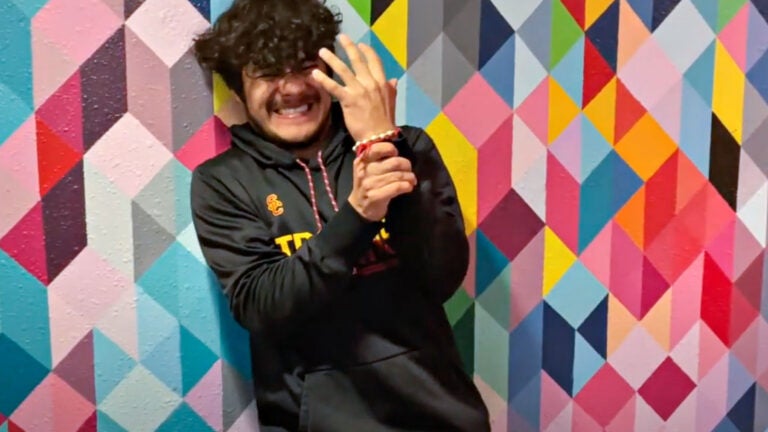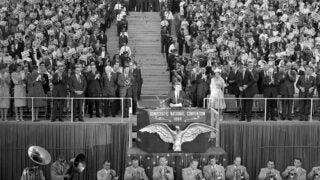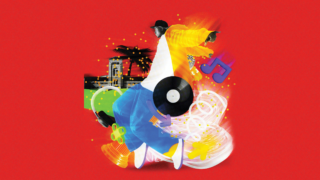
Now in isolation, USC acting students practice stage combat by fighting themselves — and we have video
Watch these Trojans wage solo battles in a fight choreography and acting course taught remotely on Zoom.
Usually they’d be throwing punches and kicks at classmates by this point in the semester.
Instead, students in Edgar Landa’s popular stage combat class at the USC School of Dramatic Arts are stuck in isolation due to the new coronavirus. So they had to get creative and find a new foe for their strikes.
“I just told them: Beat yourself up,” Landa said.
Luckily, he also asked them to tap record on a camera as they, er, fought their own battles. It turned out to be an inspired and imaginative solution.
USC acting teachers, students bring stage combat online
College instructors nationwide widely share their struggles — and victories — with one another on social media as they adapt to teaching remotely in the pandemic era. But Landa faced an especially difficult task when COVID-19 prompted USC to move its classes online to protect students in mid-March. How do you teach theater students to feint, jab and swing faux swords from cyberspace?
I literally walked in my door and beat myself up in the corner.
Edgar Landa
“This is a field that requires people to be in the same room with each other, to have that literal human contact,” he said.
Fortunately, he added a film component to his class several years ago. Students use their smartphones to create mini action films. It helps them understand the differences between fighting on stage versus on camera.
“The camera can tell a lot of the story, whether it’s how the shot is composed, where the camera is placed, the sound effects and soundtrack, or the postproduction tricks to speed up or slow down the film,” Landa said.
Instructions for their self-centered skirmish were simple: Set up a camera or have a family member handle the cinematography. Let the punches, kicks, gouges and chokes commence. Edit together a short scene, no more than a minute long.
Landa filmed an example himself — a simple scene with one camera angle, a few sound effects and a soundtrack.
“I literally walked in my door and beat myself up in the corner,” he said. “I didn’t move around much. But they got creative and made stories and had multiple camera angles, so I was really happy with the work I saw. And they really enjoyed it. The feedback I got was they had a really good time.”
USC alum turned instructor focuses on physical storytelling
As his class continues, Landa finds other ways to teach skills he would normally demonstrate in person. For a section on swordplay, he tapes out steps on his apartment floor so students can see how his feet move. His pupils use sticks, rulers, toy lightsabers or other objects they have on hand to double as a sword.
For their final project, they’ll send attacks and reactions back and forth via short video clips. One student might fire off a front snap kick. Their partner will recoil, then respond with a strike of their own. Once they put together 15 moves or so, they’ll cut the scenes together into a sequence.
A longtime actor and performer who earned his degree from the USC School of Dramatic Arts in 1995, Landa has taught stage combat for two decades. He views physical storytelling, including fights and violence, as a critical skill for students interested in acting.
“It’s something most of them will encounter in their careers, whether they continue acting or not,” he said. “If they become editors, they will need to know what creates the story of a fight so they can edit well. They need to know how to protect themselves, advocate as actors and execute the physical elements of a fight faithfully with other actors.”



